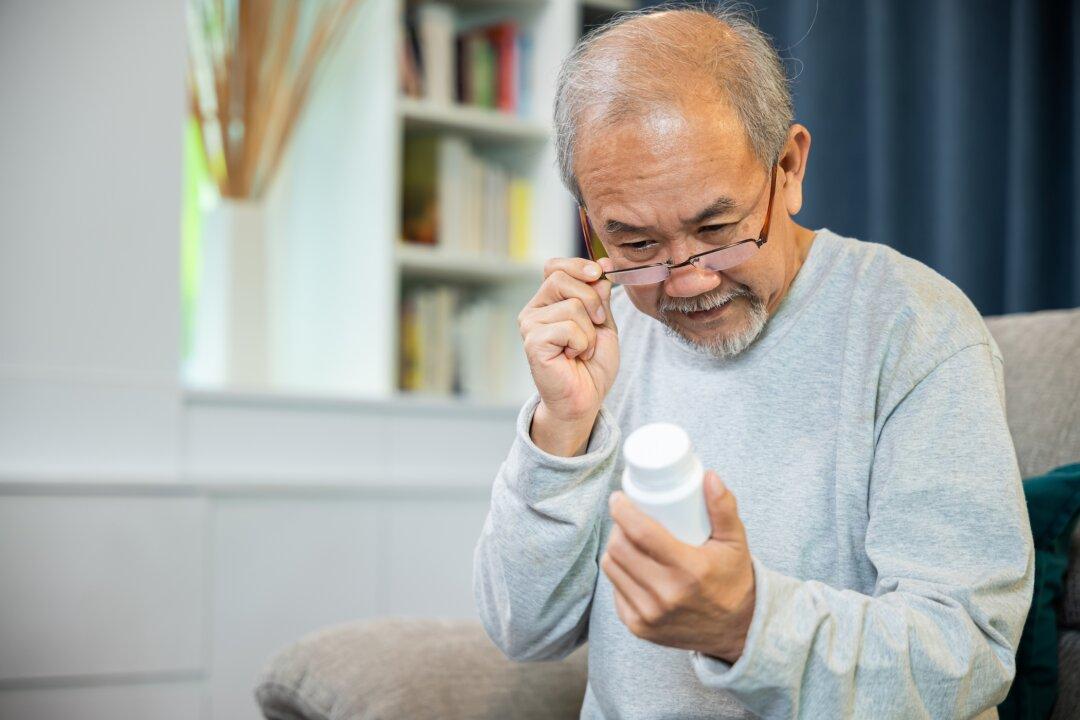If you are one of the millions of women who have suffered from a painful urinary tract infection, a common cause of cystitis, make sure you have green tea in your kitchen cabinet. Science has yielded proof that this delicious drink can help you heal faster and ensure that any necessary antibiotics are effective.
A frequently prescribed antibiotic combination, trimethoprim-sulfamethoxazole, is used to treat many types of infection, including bronchitis, middle ear infections, and cystitis, a common infection of the bladder. Sold under the brand names Bactrim, Bactrim BS, and Sulfatrim Pediatric, these antibiotics, jointly called co-trimoxazole, have proven effective against E. coli, the bacteria responsible for up to 95 percent of cystitis infections.





